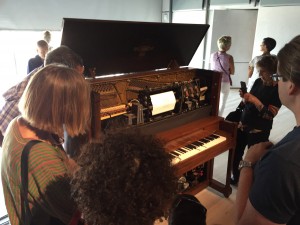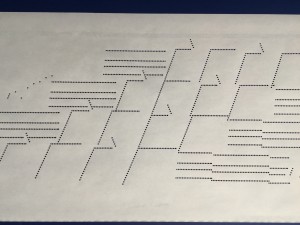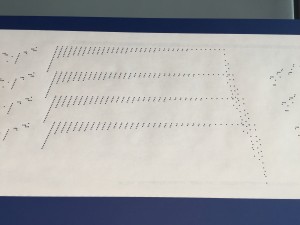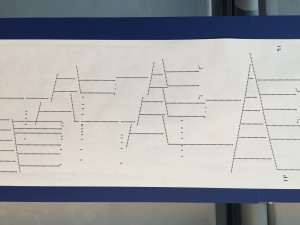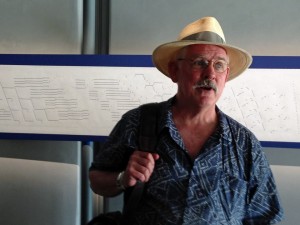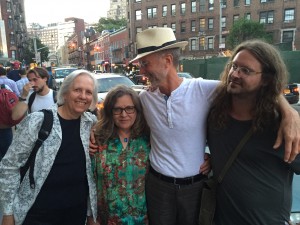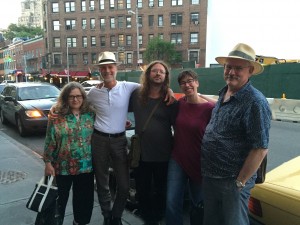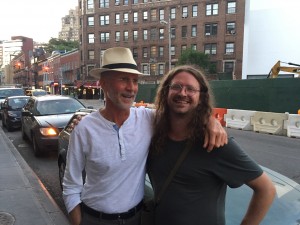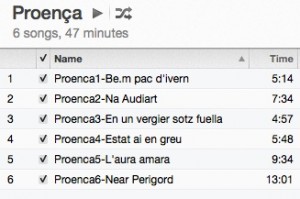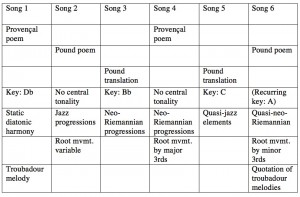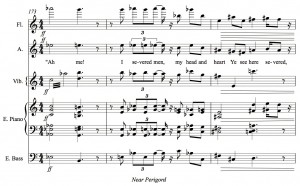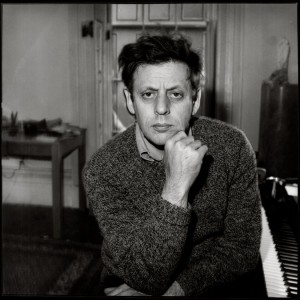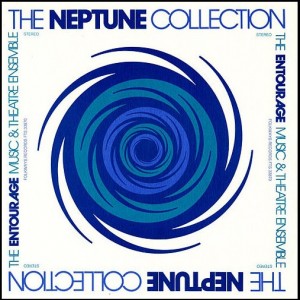John Halle is the most politically savvy composer I know:
For while some of us want to avert our eyes, the left always recognized that the war by the rich against the poor is a war just as much as any other.  An economic war does not involve missiles, antipersonnel weapons and M-16s. Its weapons are state enforced privatization schemes, debt swaps and interest rate manipulation.  Rather than puncture wounds, severed limbs and  the casualties take the form of thousands of unnecessary deaths due to [in]adequately staffed and supplied hospitals, bacterial infections due to inadequately maintained sewage treatment facilities and collapsing buildings, food poisoning epidemics due to the mass layoffs of inspectors in regulatory agencies. An almost endless list can be compiled of the social collapse resulting from economic warfare carried about by fountain pens rather than guns.Varoufakis has now woken up to the reality that his country has been attacked by an axis of foreign powers, that they are bent on its destruction and have one goal in mind: claiming the spoils of victory, disbursing to their owners in the investor class.It is time the rest of the left joined him there and here-on our feet and ready to fight them, in whatever way we can.
What precedes this rousing coda is the clearest analysis of what happened in Greece that I’ve read.
UPDATE: Of course, I wrote the following on New Music Box in 2003, and was scoffed at and insulted for saying it:
We are indeed involved in a class war—a war waged by the corporate class, who have obscured the fact by somehow making the very term “class warfare†a term of derision. It is, moreover, as Chomsky says, a “perfectly conscious†class war “against working people, the poor, the unemployed, minorities, even members of the middle class.†For it to succeed—and it is succeeding—it is equally necessary for the corporate/political class to understand that there is a war and to pretend to the rest of us that there isn’t.


